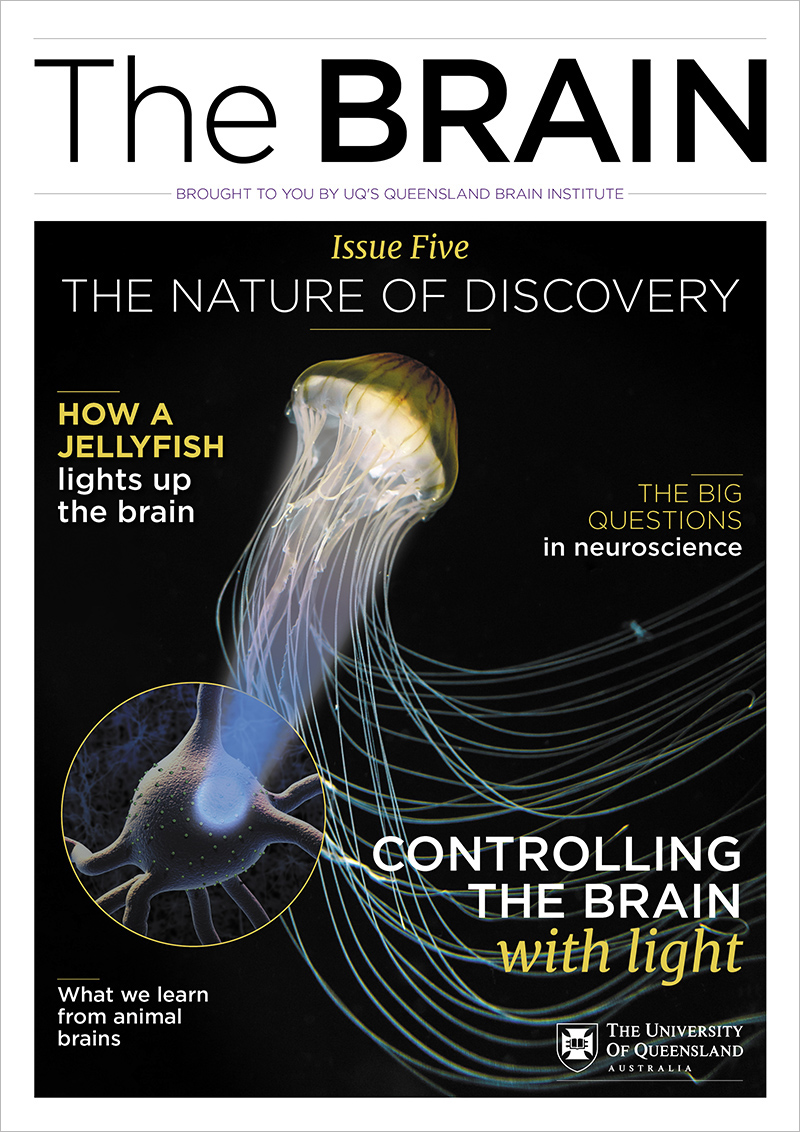Queensland Brain Institute researchers have discovered how the highways connecting brain cells expand and retract to allow the flow of particles essential for neural survival.
Neurons use axons – slender cables that are several times thinner than a human hair – to carry electrical impulses and talk to other neurons.
Incredibly, axons regularly transfer large cargoes filled with information – some larger than the size of the axon itself.
Professor Frederic Meunier and Dr Tong (Iris) Wang, using live super-resolution microscopy, found axons use a process called radial axonal expansion to allow the movement of these large cargoes. Once the cargo has passed, the axons return to their normal size.
This process is controlled by myosin II, a molecule which governs the expansion of a series of actin rings along the structure of the axon.
When healthy, this process allows the movement of these essential trafficking carriers.
However, a disruption in the process leads to focal axonal swelling, a hallmark of axonal degeneration, as seen in Alzheimer’s disease or traumatic brain injury.
The results of this research has the potential to uncover new avenues in the treatment of disorders involving focal axonal swelling such as neurodegenerative diseases and traumatic brain injury.
The research has been published in the Journal of Cell Biology.




